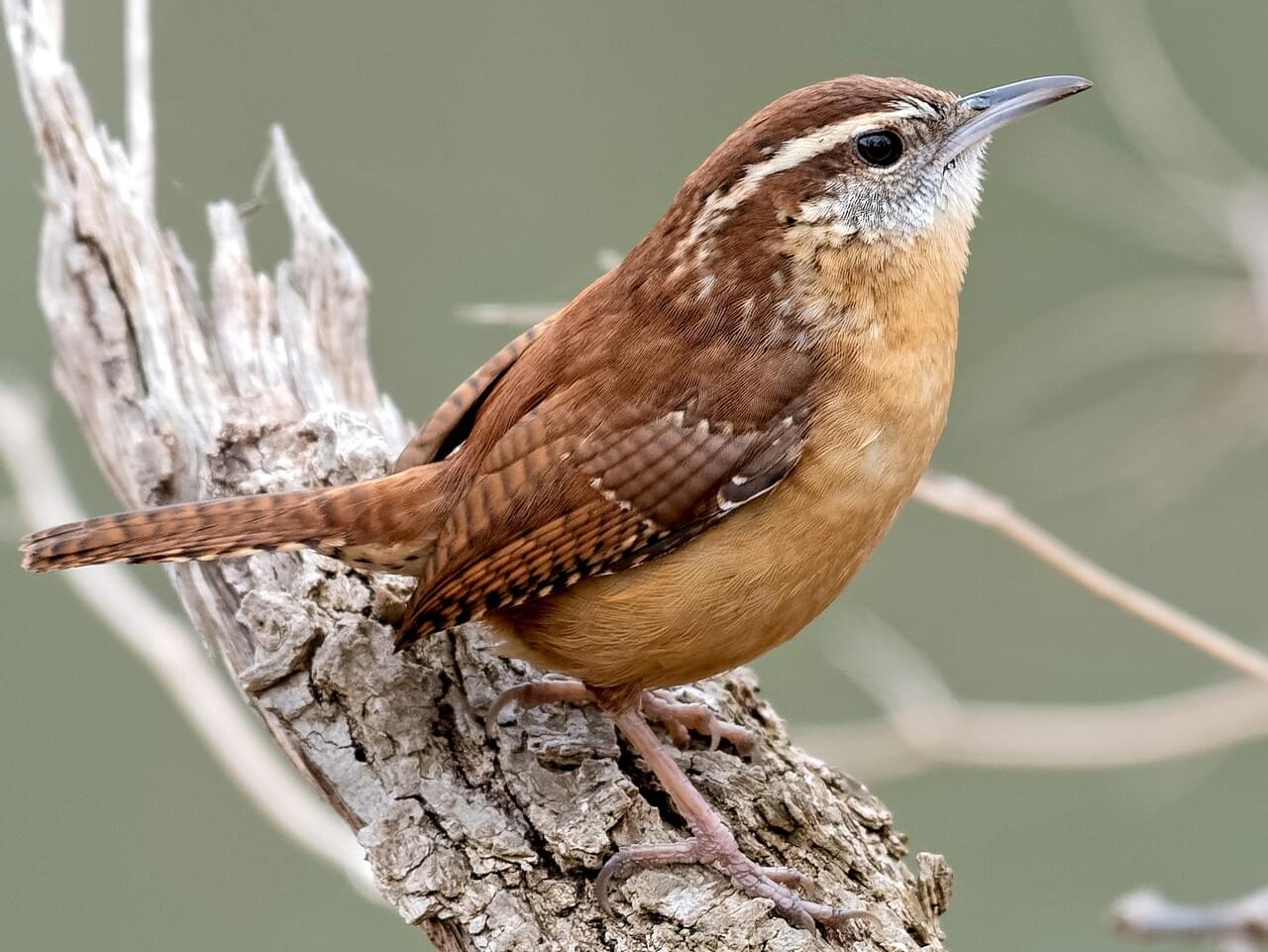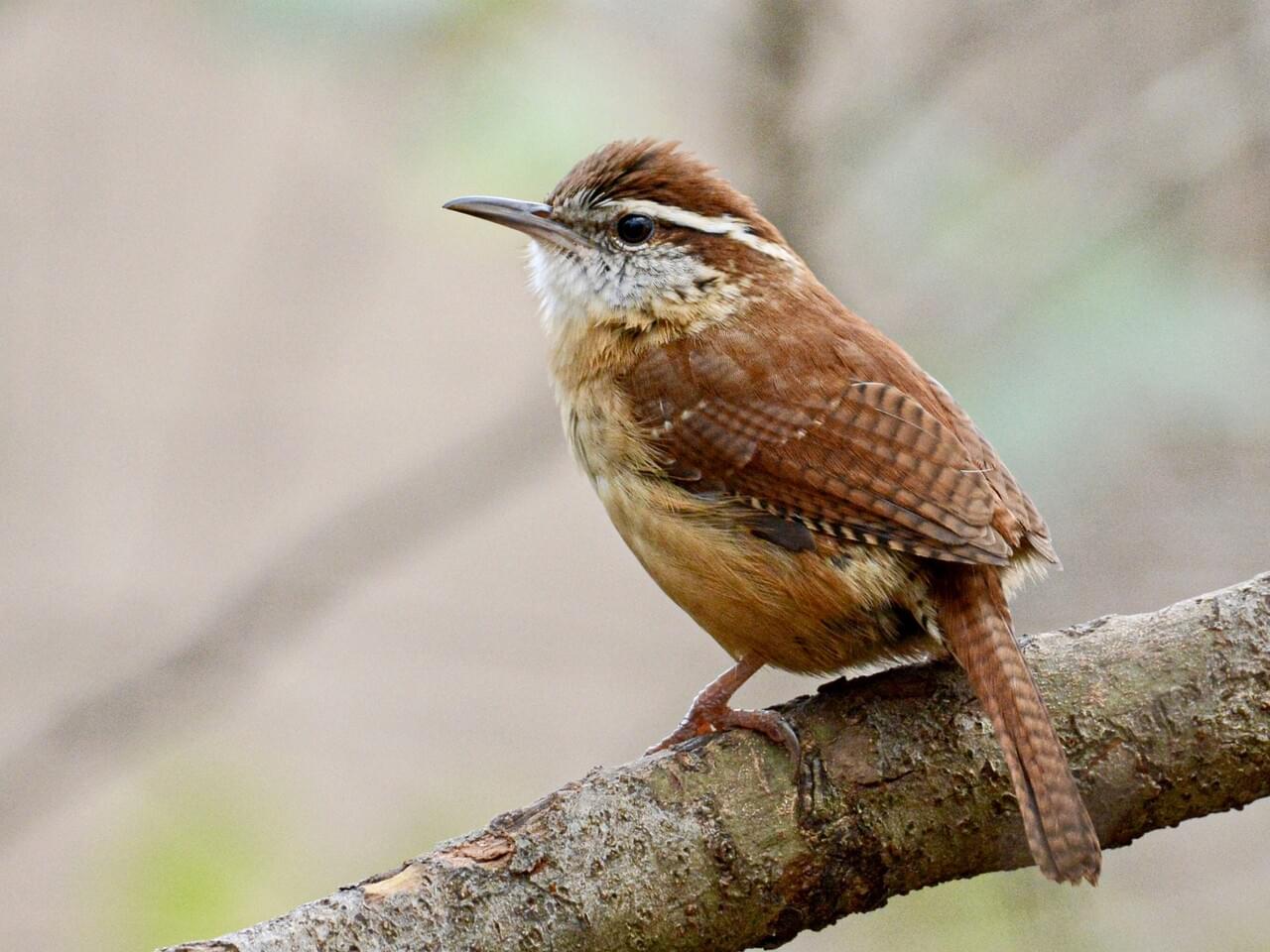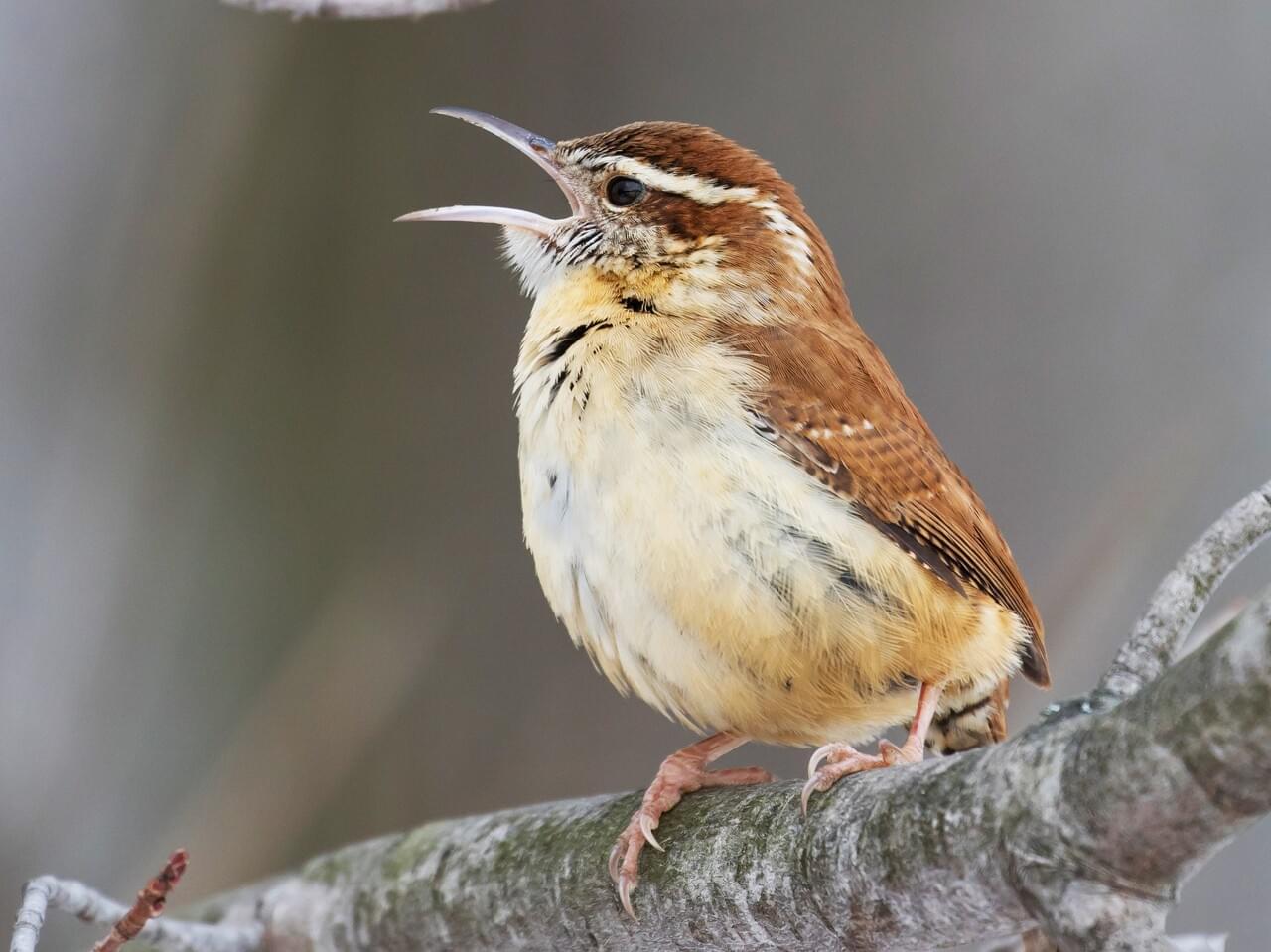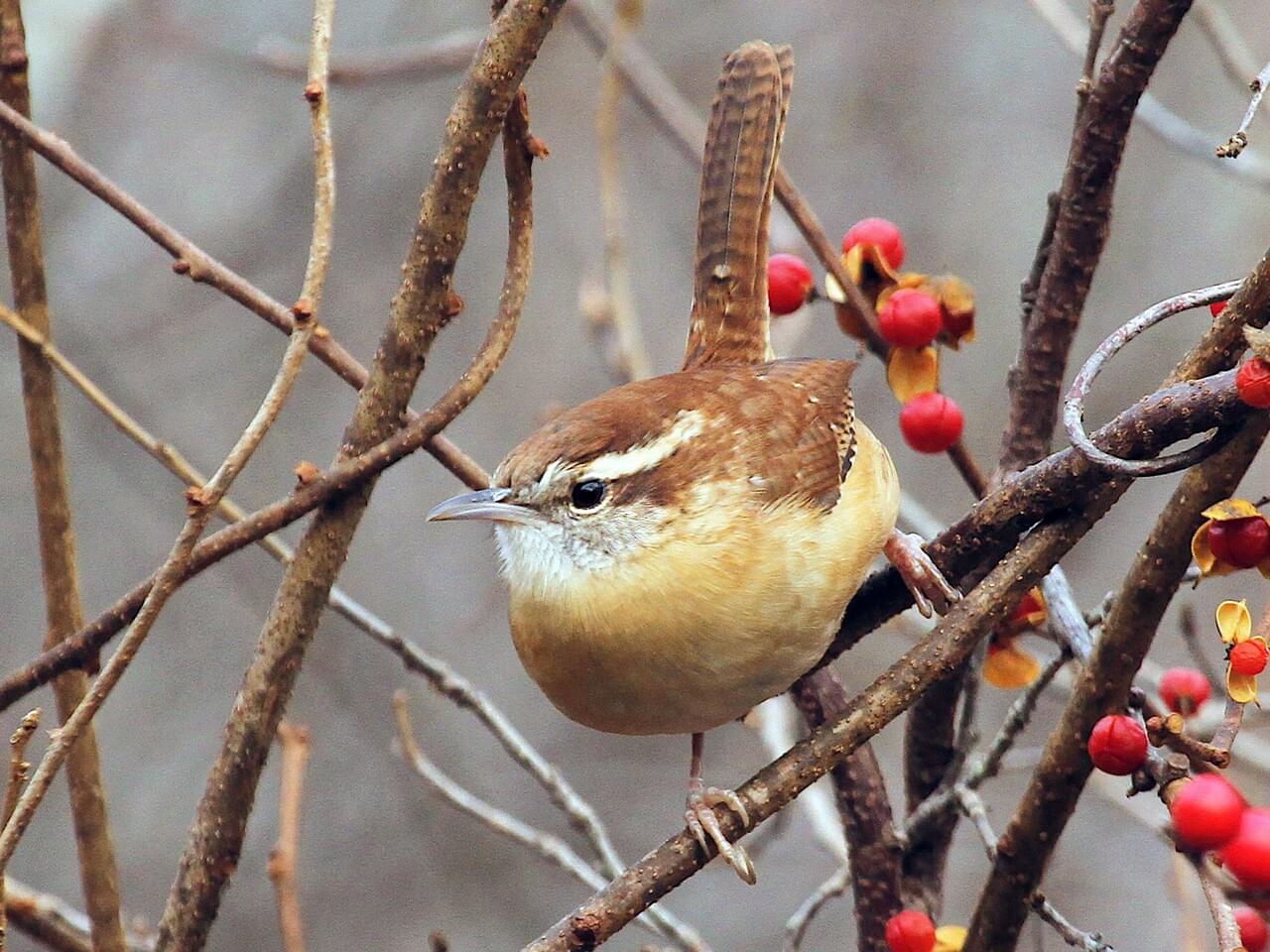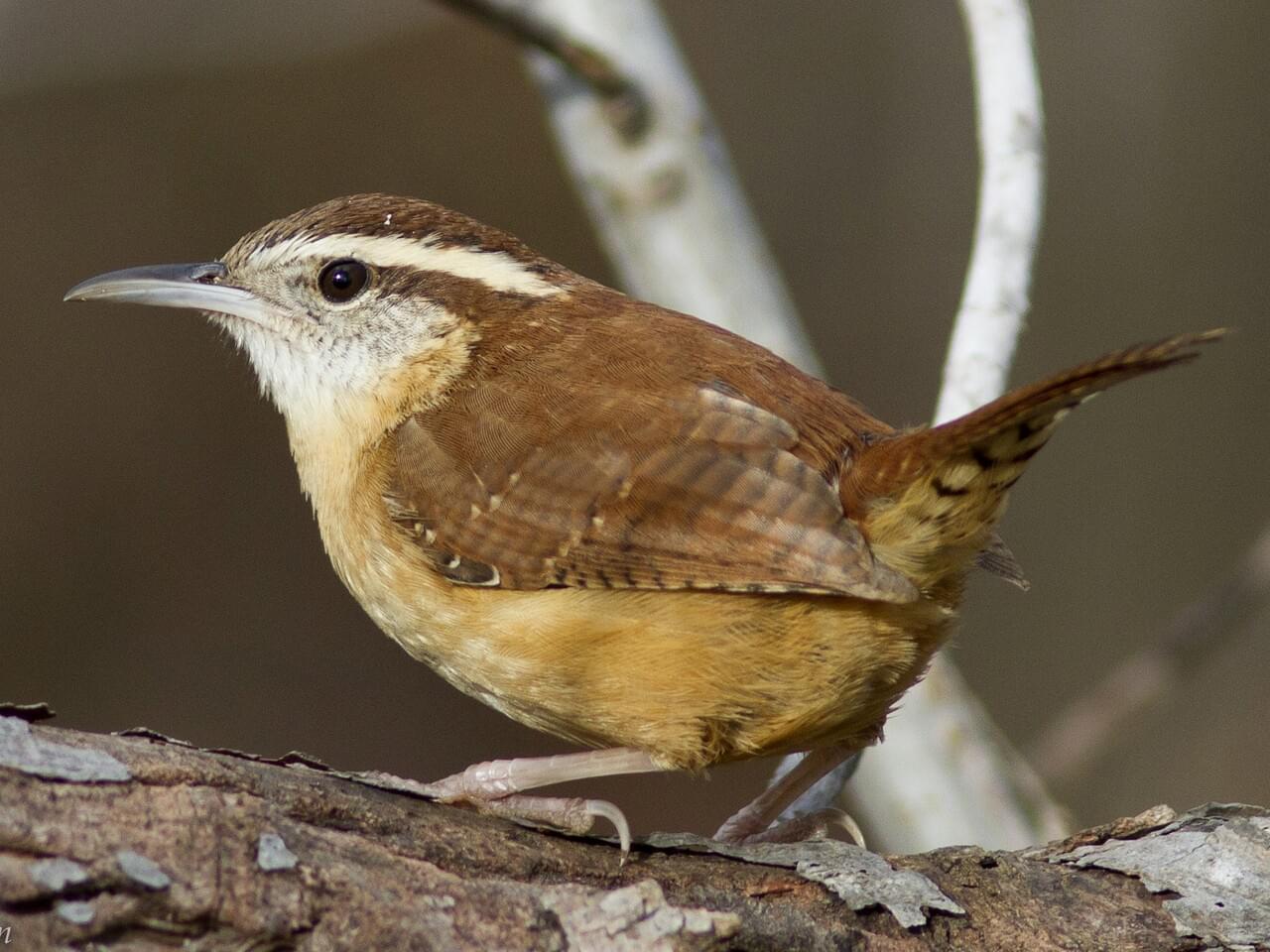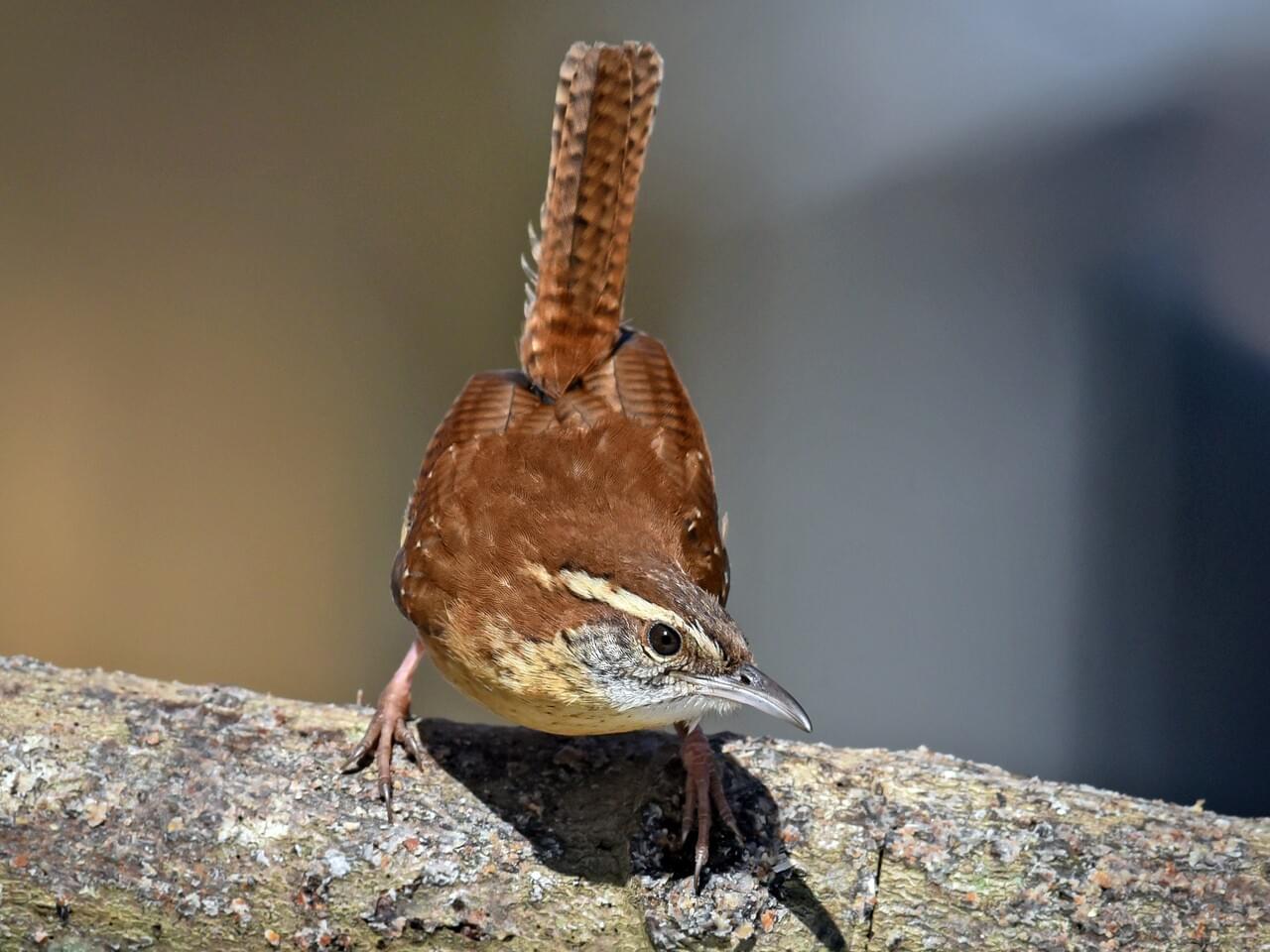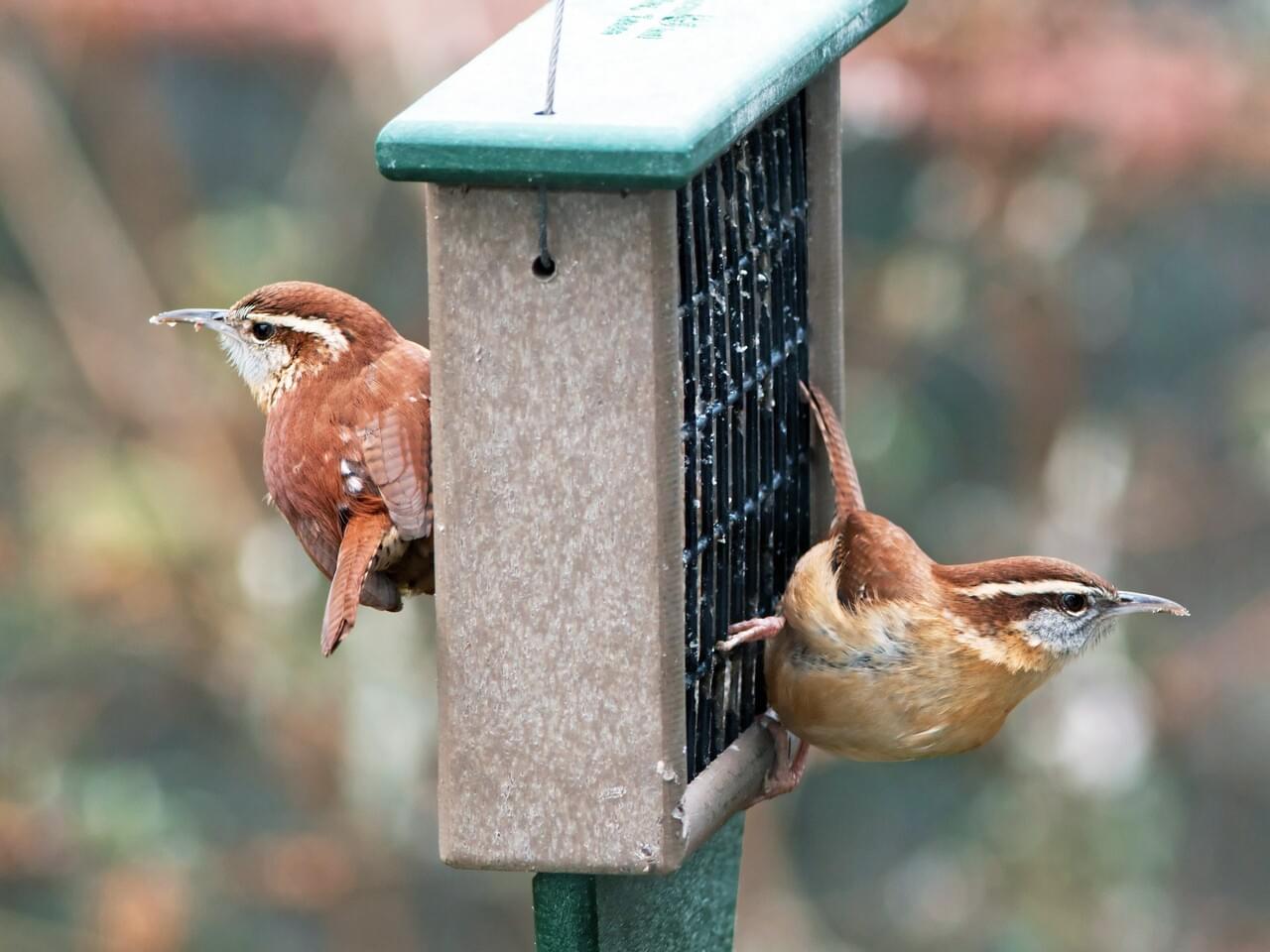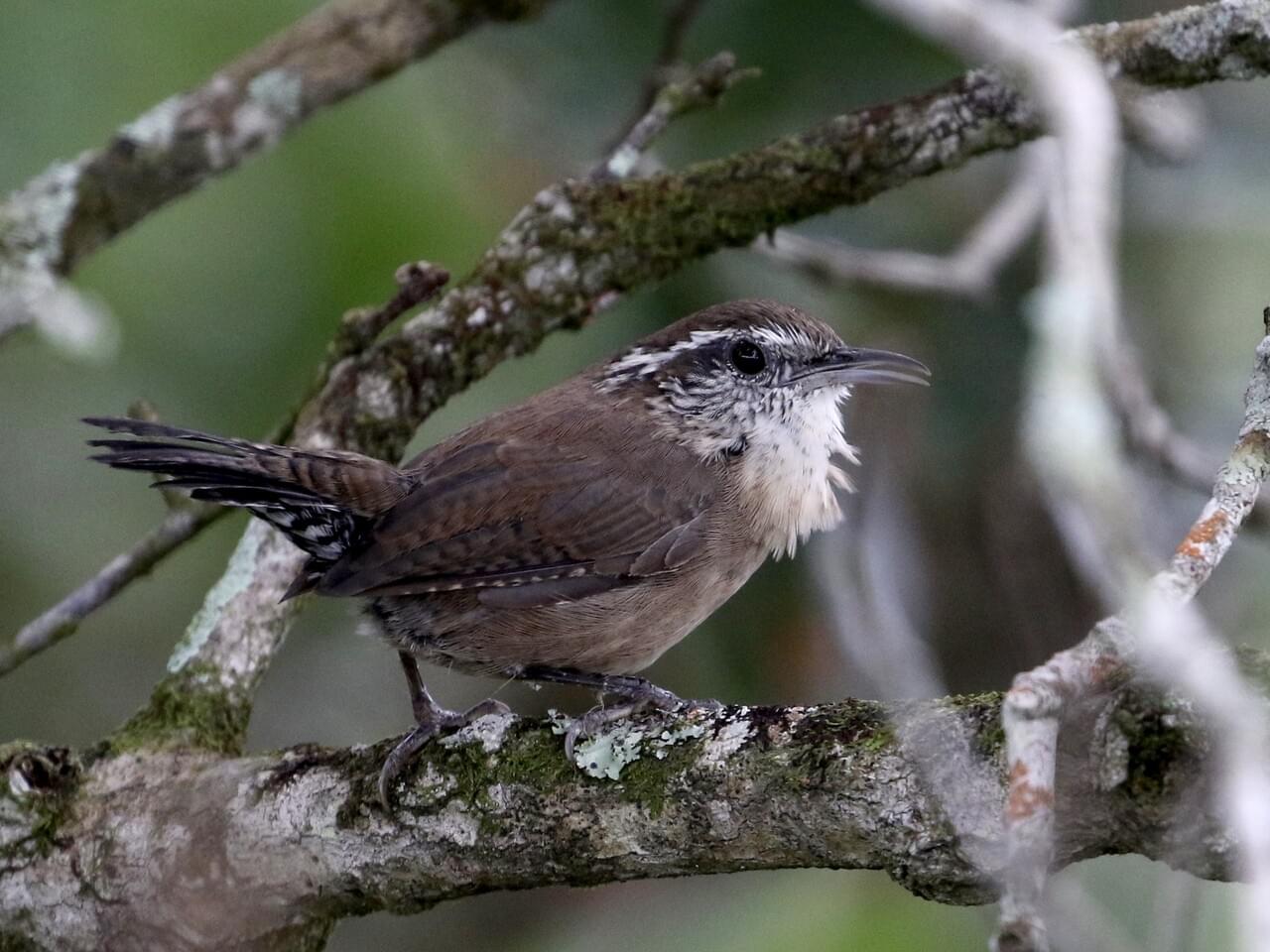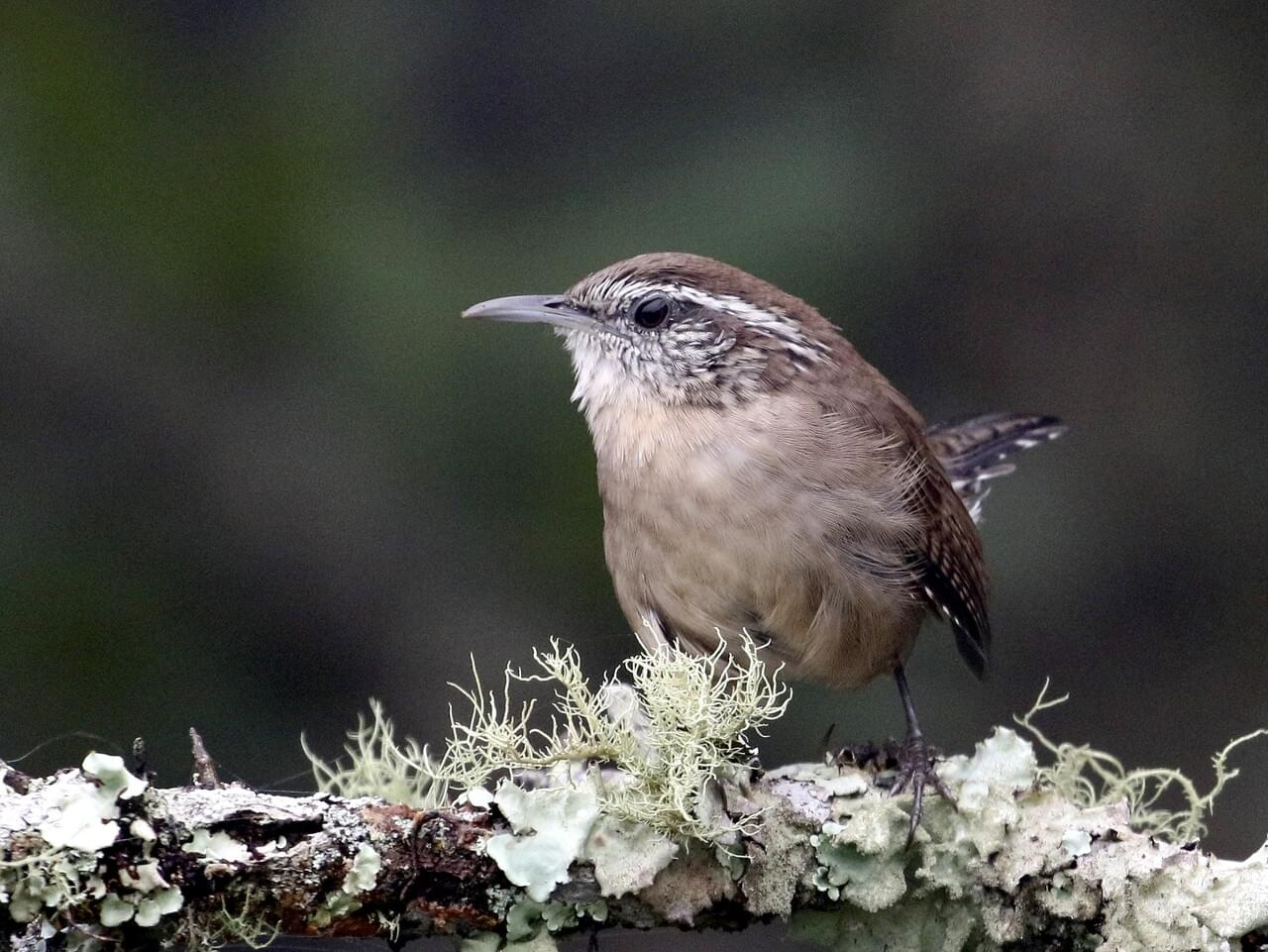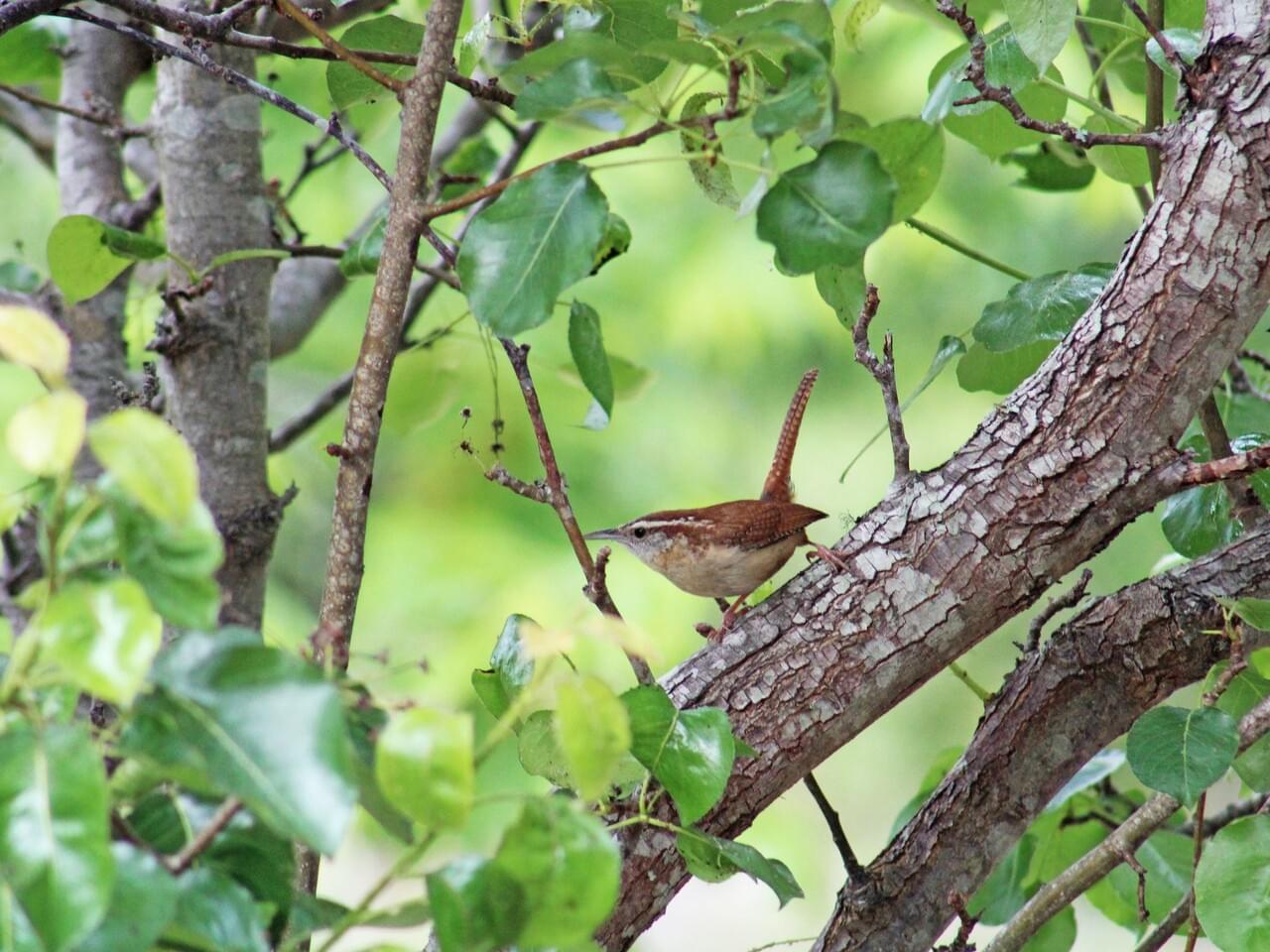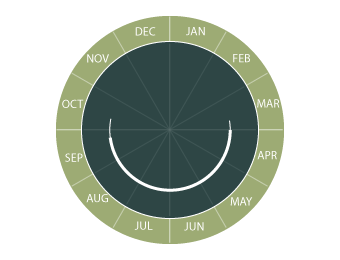Carolina Wren
Carolina Wren
(Thryothorus ludovicianus)
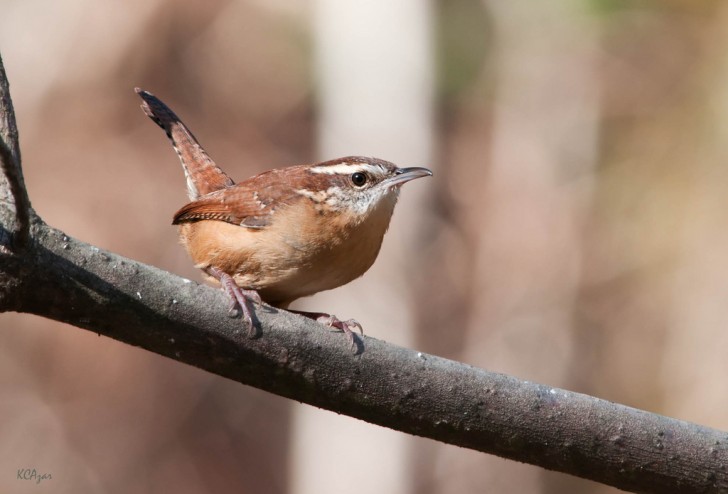
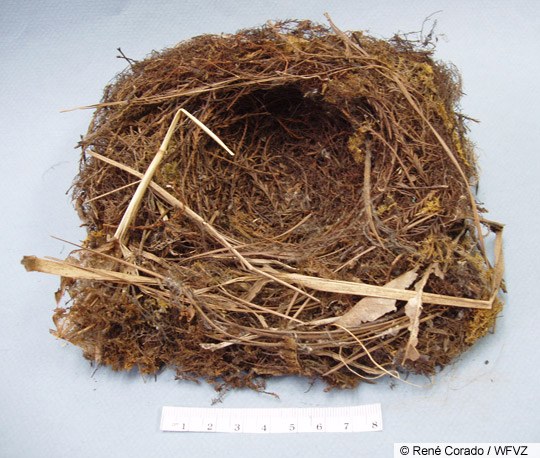
Carolina Wren nest
Photo © René Corado
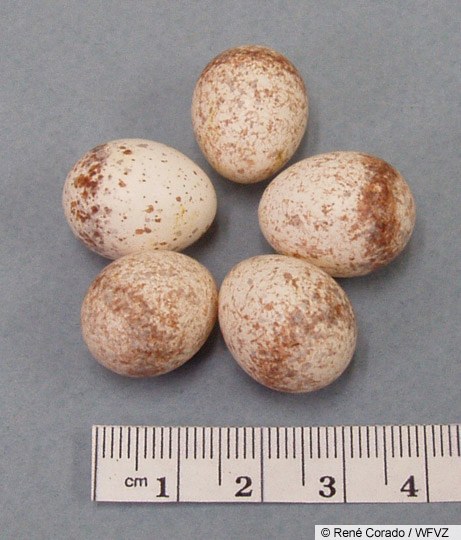
Carolina Wren eggs
Photo © René Corado
Song (Northern)
© Wil Hershberger / Macaulay Library
Song (Northern)
© Wil Hershberger / Macaulay Library
Duet (Northern)
© Gerrit Vyn / Macaulay Library
Duet (Northern)
© Mike Andersen / Macaulay Library
Calls (Northern)
© Jay McGowan / Macaulay Library
Calls (Northern)
© Jay McGowan / Macaulay Library
Calls (Northern)
© Jay McGowan / Macaulay Library
Calls (Northern)
© Brad Walker / Macaulay Library
Calls (Northern)
© Jay McGowan / Macaulay Library
Song (Northeast Mexico/South Texas)
© Andres M Sada / Macaulay Library
Song (Northeast Mexico/South Texas)
© Andres M Sada / Macaulay Library
Song (White-browed)
© L. Irby Davis / Macaulay Library
Song (White-browed)
© Jay McGowan / Macaulay Library
Calls (White-browed)
© Jay McGowan / Macaulay Library
Where To Find It
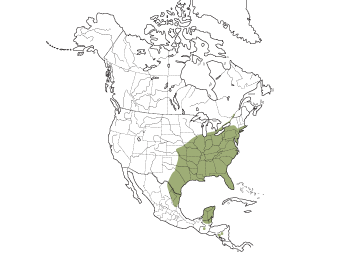
Source: Birds of the World
Habitats
Substrates
What You'll Find
Nest Type
Chick
Clutch Size
3
4
6
7
Nest Height
6 ft
3 ft
Nesting Statistics
Incubation Period
12-16
days
days
Brooding Period
10-16
days
days
Useful Hints
- A pair bond may form between a male and a female at any time of the year, and the pair will stay together for life. Members of a pair stay together on their territory year-round, and forage and move around the territory together.
- Near homes, they’re versatile nesters, making use of discarded flowerpots, mailboxes, propane-tank covers, and a variety of other items. Their nests have even been found in old coat pockets and boots. Males often build multiple nest starts, and the female makes the final selection.
- Male and female Carolina Wrens complete the nest together. One member of the pair may stay at the site while the other gathers material.

